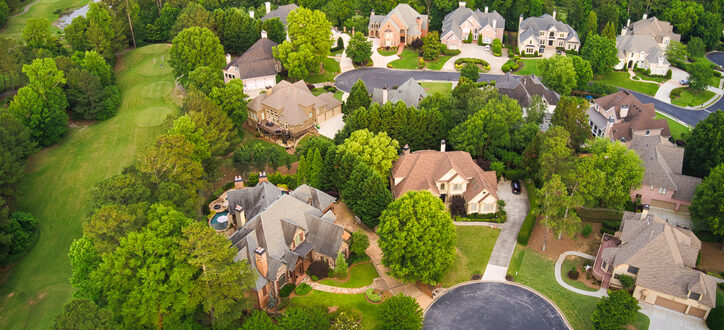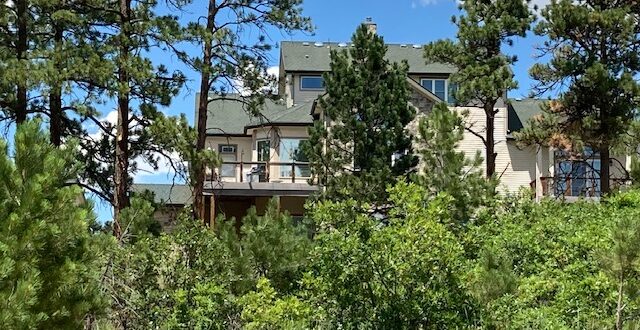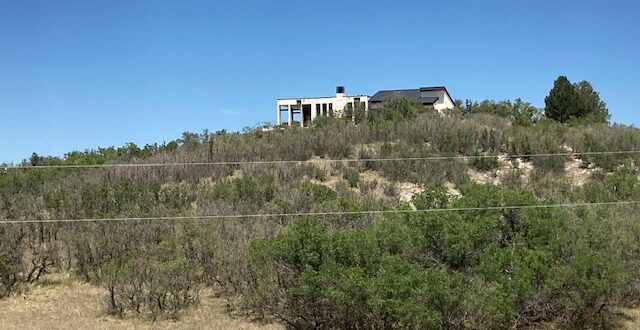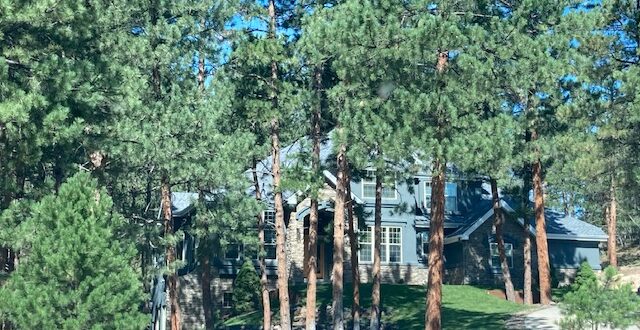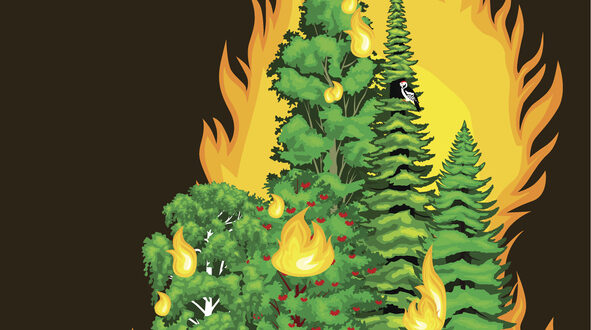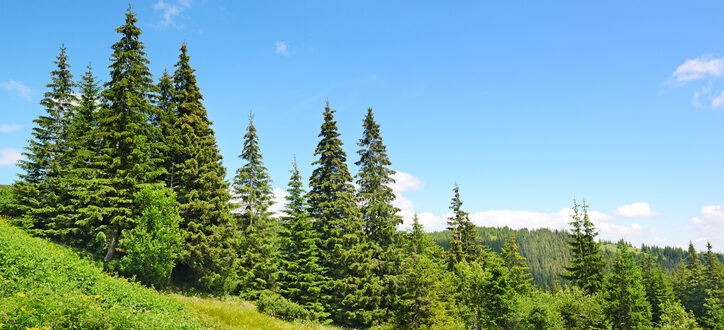Firescapes are the entire area around your home. This isn’t just about your lot or the lots of your immediate neighbors. You want to look at the entire land form the mountains in the distance to the valley below them.It’s land that is going to burn if fires get out of control. By understanding your firescape, you’ll be able to plan better should the worst happen. How to Create Your Firescape Just how much land do you need to cover? You want to look for your house on the map and draw a circle that is about a mile in radius around it. This is the amount of land that you need to consider to help keep yourself safe. You’ll
(719) 400-9104
office@coloradomastication.com
For fire mitigation in zone 1,2,3 or 4 on your property in Roxborough park, request estimate from Colorado Mastication at (719)400-9104. If your property covers more than five acres of land, you’ll need to create Zone 4 to protect against wildfires. Don’t worry if you don’t have this space. That land will be the responsibility of any neighbors you have, or it could be the responsibility of the forest service. Zone 4 is the lowest priority of zones out of everything we’ve covered so far. That doesn’t mean you should abandon it, but the first three zones from your home are the most important ones to focus on. Getting Rid of Diseased and Damaged Trees The most important thing here
For questions about fire prevention and mitigation in Zone 3, contact Colorado Mastication at (719)400-9104. While the first two zones are the most important for your house, if you have property boundaries in Zone 3, you need to know how to protect the land. This is likely if you have more than an acre of land. Zone 3 is the wildland. Fires that start away from the home will use Zone 3 as a way to build up intensity. You can control that and slow the fires down. Managing Wildland in Zone 3 In this zone, you’re cutting the tree limbs to between four and six feet from the ground. Preventing the ladder fuel is the best way to slow
Throughout most of the western areas of the United States, especially in the mountain areas, you’ll find the ponderosa pines growing in the lower elevations. They stick between grasslands, and often sit on the north-facing slopes for the moisture and shade. The ponderosa pines will mix in with Douglas firs around the areas, but there are some that are pure ponderosa areas. The areas these two types of trees grow in are problematic when it comes to wildfires. Why Ponderosa Pines Are at Risk of Fire Fires tend to start at the lower elevations. The grasslands offer the perfect fuel sources, and the young ponderosa trees end up dying. They don’t have the thick bark and deep roots that mature
The first two zones closest to the house are the most crucial when it comes to mitigating wildfires and protecting the house. Zone 2 starts at 30ft from the house and covers up to 100ft. If your property boundary is within 100ft of the house, you will need to do your best to mitigate up to that point. The topography is going to affect some of the steps you take, as it will affect the spread of a fire. It’s rare to live on a perfect circle or perfectly flat ground, so you’ll need to deal with slopes. The steeper the slope, the slower fires will spread unless they have the wind to help. Watch Out for Drought Conditions If
It can seem like the best thing to do in fire prone areas is to get rid of the propane tank altogether. Surely there are other options around. Well, don’t go searching for them. You can keep your propane tank and protect your home at the same time. You’ll want to buy your propane tank rather than rent it. Most rental agreements make it clear that you have to keep the tank above ground. That’s not going to keep your property safe, and it’s going to cost you more in the long run. Protecting your home isn’t going to be cheap. It is going to be the best investment for you, your family, and the entire community, though. Why Put
Rural living fire mitigation. Colorado Mastication has ability to fire mitigaiton a large project. (719)400-9104. The further out of town homes get, the larger the space available. Rural living is the term given when houses sit on lots of five to 40 acres. Anything above 35 acres will have a domestic well permit thanks to a change of law in Colorado in 1972. While there are certainly benefits of rural living, especially if you don’t like being too close to people, there are also downsides. It’s important to consider them and how they affect wildfire mitigation. After all, wildfires in Colorado are a major concern. Narrow and Steeper Paths that Urban Living Homes in rural areas can be a problem for
To get an estimate on wildfire mitigation in Colorado Springs, contact us now. Different areas around your home are going to be treated differently to mitigate wildfires. Zone 1 is one of the Home Ignition Zones, and it’s your primary defense against wildfires. One myth is that you need Zone 1 to be completely clear of everything to prevent fire. This would suggest it needs to be boring with no plants or anything around. While this would create more protection, there are ways to enjoy the space and protect it at the same time. How Much Space Is Needed for Zone 1? To be able to get started, you need to know the space necessary. Zone 1A is going to
For questions about fire mitigation measures, call (719)400-9104. There are some states known for drought conditions in the summer months. Colorado is one of them, and the conditions are a growing concern. Due to drought, the forests have become stressed and weakened. Drought conditions have had a major impact on water supplies. It’s leading to agricultural problems, and the forests are dying. Drought will kill trees due to the need for water for survival, but there are other problems because of drought that can’t be overlooked. Drought Conditions Lead to More Wildfires There’s no doubt that the number of wildfires during the year has increased around the world. Colorado is seeing an increase, and the drought conditions are not helping
Forest management of dead trees killed by spruce beetles. Call or text (719)400-9104. There are a few common pests around the Colorado area. The deadliest forest pest of all is still the spruce beetle. It’s important to detect and monitor any insect and disease activity around the forests. The sooner the problem is detected, the easier it is going to be managed. A few beetles cause problems year after year, but it’s the spruce beetle that is the most dangerous for forest life. How Much Area Is Affected by the Spruce Beetle? The spruce beetle, Latin name Dendroctonus rufipennis, affected around 53,000 acres of land in 2021 alone. This is much more than other types of beetles in the area.
